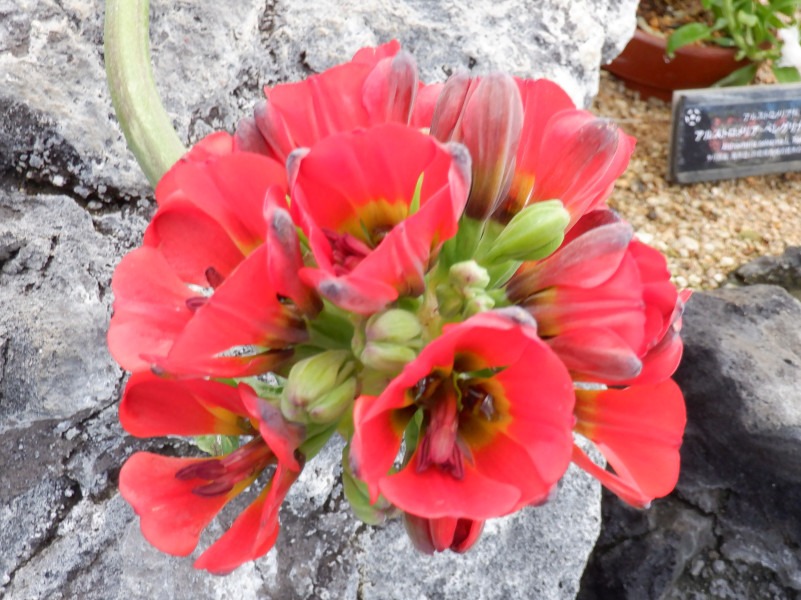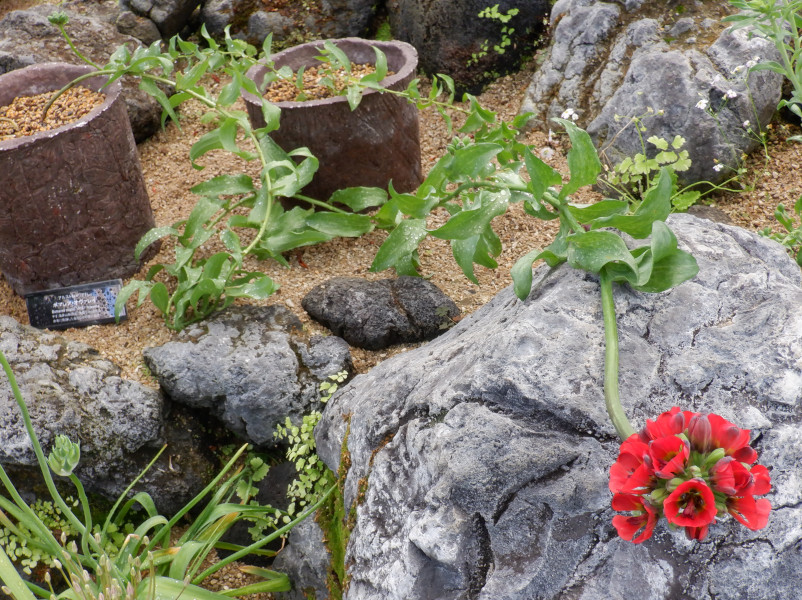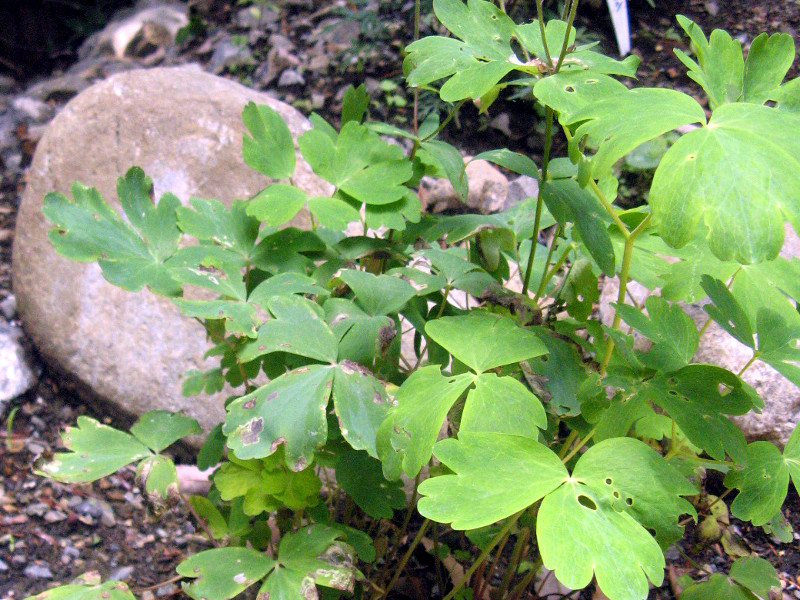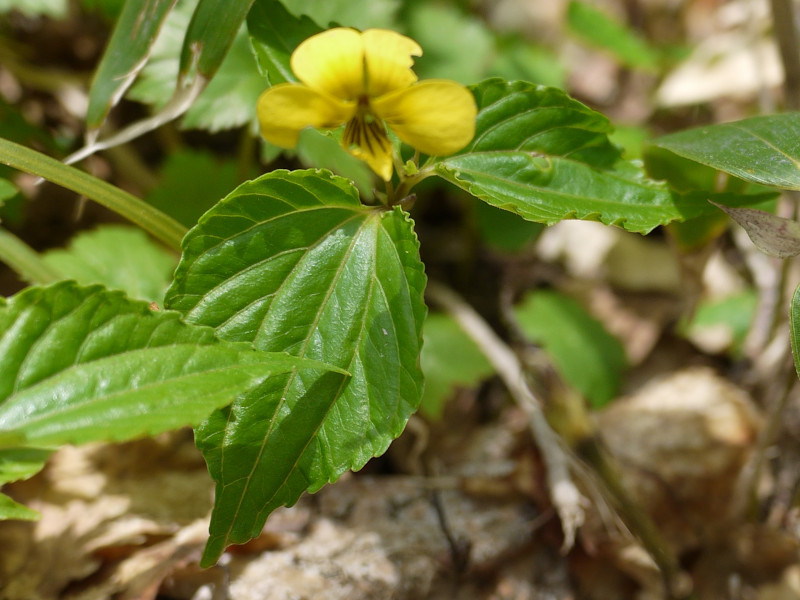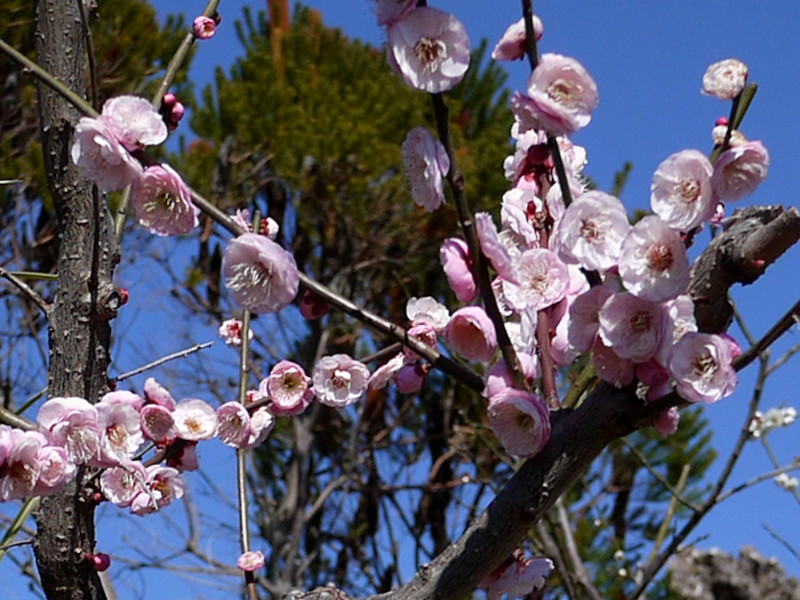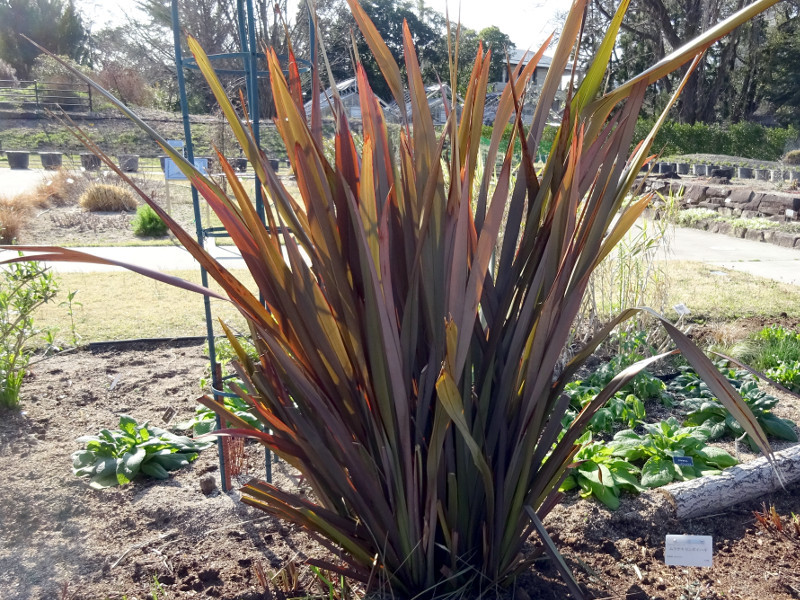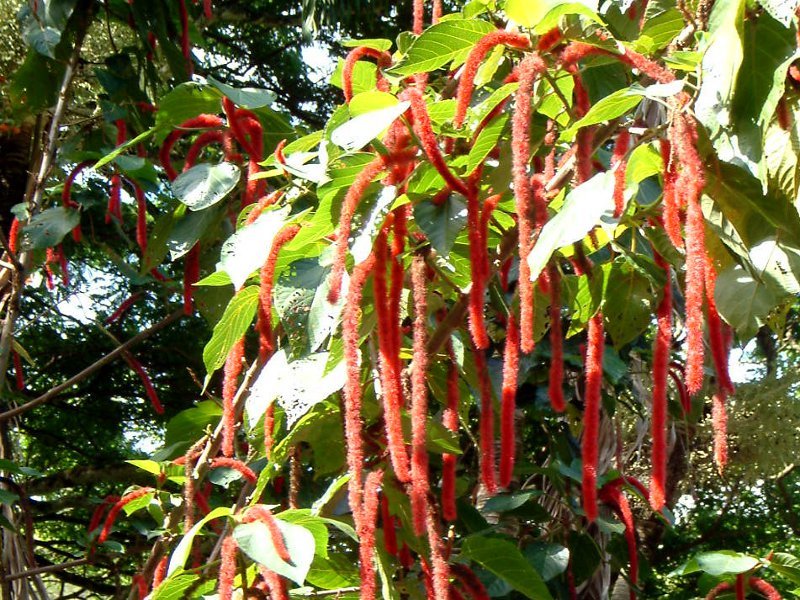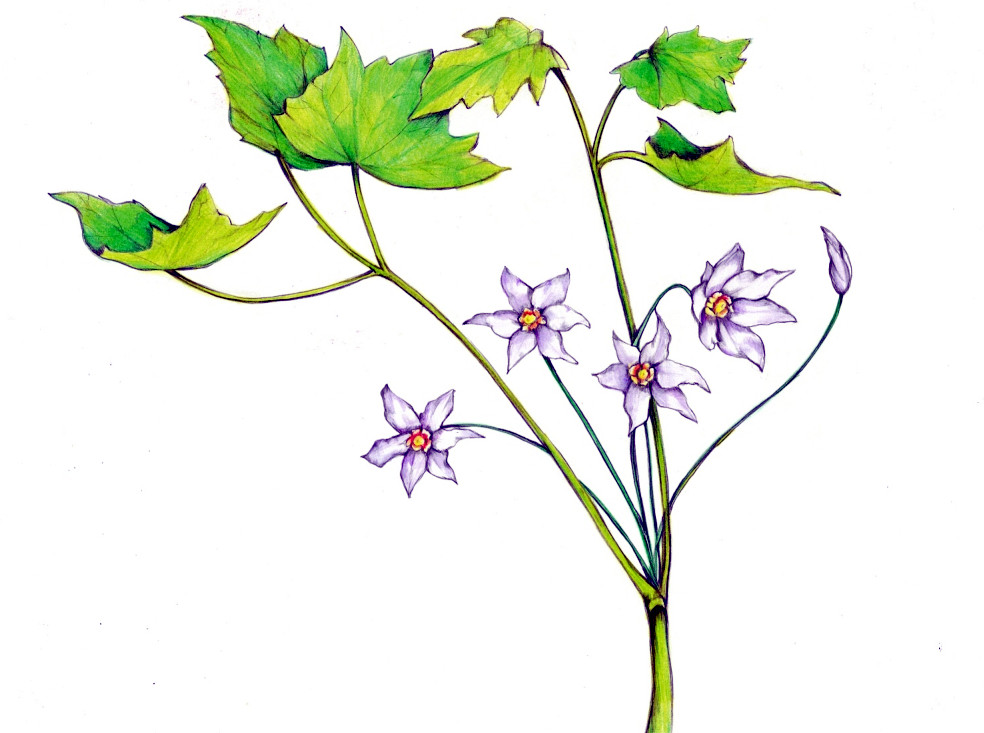Bomarea ovalei
- Flower nameBomarea ovalei
- Scientific nameBomarea ovalei
- Aliasボマレア・, オバレイ, オヴァリエ, GARRA DE LEON, ガラ・デ・レオン, ライオンの爪
- Place of originendemic species to Chile
- Place of floweringCut flowers, flower arrangement, Greenhouse, Potted flower, Specific area
- Flowering seasonMay, June
- Language of flowersLonging for the future
What is Bomarea ovalei
Bomarea ovallei (also known as ) is considered the most beautiful flower in the world in Chile.
It is an endemic species to Chile and belongs to the Alstroemeriaceae family, specifically the genus Bomarea. This hardy, vine-like or creeping tuberous (bulbous) plant was previously known as Leontochir ovallei. In Chile, it is called "GARRA DE LEON" (Lion's Claw) in Spanish. It grows naturally in a very limited area of the coastal mountains of the Atacama Desert.
Description
Bomarea ovallei sends out a single vine from its tuber, extending 90-180 cm along the ground. The vine produces many leathery, twisted, ovate leaves about 10 cm long, which are dark green, entire, and alternate.
The flowers bloom from May to June in the Northern Hemisphere. The plant raises its flower stalk, extending an umbel inflorescence that bears 20-45 red, bell-shaped flowers, each about 3.8 cm in diameter, with a plastic-like sheen and fragrance. Each small flower consists of three outer tepals and three inner tepals, six stamens (three inner and three outer), and a pistil composed of three fused carpels, appearing as a single structure. The entire inflorescence can reach 20 cm in diameter, resembling a red bouquet.
Cultivation
Bomarea ovallei is suitable for garden planting, pot cultivation, and as cut flowers. It thrives in fertile, well-drained soil and prefers sunny to semi-shaded conditions. Although it grows on the ground in the Atacama Desert, it can be trained to climb trellises in garden settings. Unfortunately, it is endangered in its native habitat due to overharvesting and grazing by animals.
Relationship with Alstroemeria
Bomarea belongs to the same family as Alstroemeria (Alstroemeriaceae), and its flowers and twisted leaves resemble those of Alstroemeria. The differences between them are as follows:
Alstroemeria's fruit has a brown seed coat and explosively splits open to disperse seeds.
Bomarea's fruit contains seeds covered with a fleshy, red sarcotesta layer and does not explosively split open for seed dispersal.
Etymology
The genus name "Bomarea" is dedicated to the Spanish botanist Jaime de Borja y Acevedo, with his name Latinized. The species name "ovalei" refers to the ovate shape of the leaves.
Flower Language
Research revealed that there is no established flower language for Bomarea ovallei. For a flower to have a recognized flower language, it must be well-known and exist within a culture that practices this tradition, such as in Japan or Western countries. When consulted, ChatGPT suggested suitable flower meanings for Bomarea ovallei: "Beauty," "Diversity," "Allure," and "Harmony." Amazing,
General Information:
Common Name: Bomarea ovallei
Scientific Name: Bomarea ovallei
Former Name: Leontochir ovallei
Other Name: GARRA DE LEON (Lion's Claw in Spanish)
Origin: Chile
Habitat Distribution: Atacama Desert
Living Environment: A very limited area of coastal mountains
Life Form: Hardy vine-like or creeping tuberous (bulbous) plant
Classification:
Kingdom: Plantae
Phylum: Angiosperms
Class: Monocots
Order: Liliales
Family: Alstroemeriaceae (formerly Alstroemeriaceae)
Genus: Bomarea
Species: Bomarea ovallei
Vine Length: 90-180 cm
Leaf Texture: Leathery
Leaf Length: 10 cm
Leaf Shape: Twisted ovate with an acute tip
Leaf Color: Dark green
Leaf Margin: Entire
Leaf Arrangement: Alternate
Blooming Period: May-June
Inflorescence Type: Umbel
Flower Texture: Plastic-like sheen with a heavy texture
Flower Color: Scarlet
Flower Diameter: 3.8 cm
Fragrance: Present
Flower Shape: Bell-shaped
Number of Flowers per Cluster: 20-45
Inflorescence Diameter: 20 cm
Perianth Segments: 3 outer tepals + 3 inner tepals
Stamens: 3 inner + 3 outer
Pistil: Appears as a single structure due to the fusion of 3 carpels
Ovary Position: Inferior
Uses: Garden planting, potted plants, cut flowers
Cultivation: Thrives in fertile, well-drained soil and prefers sunny to semi-shaded locations
Training: Can be trained on a trellis or used as cut flowers
Notes: Endangered due to overharvesting and animal grazing
